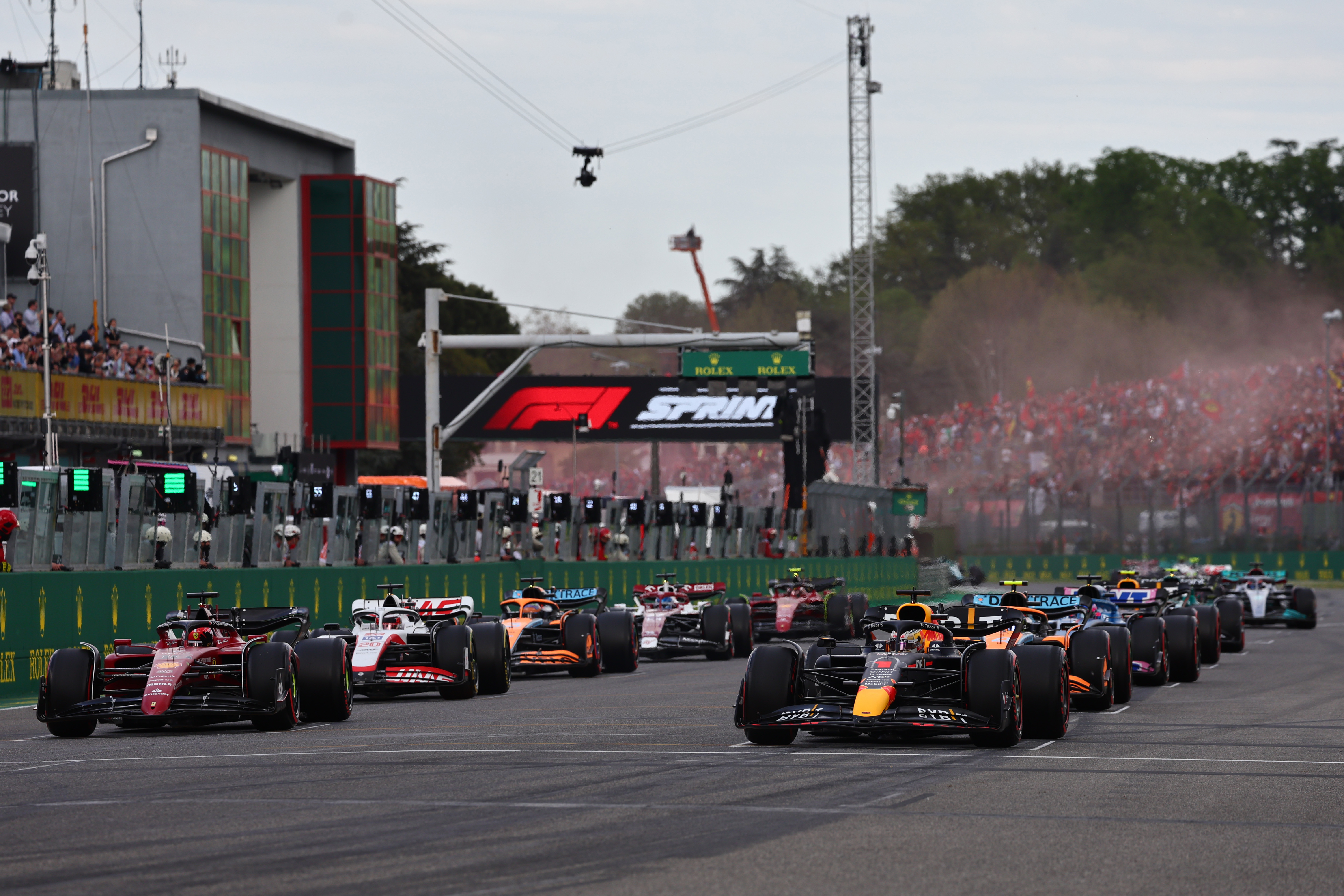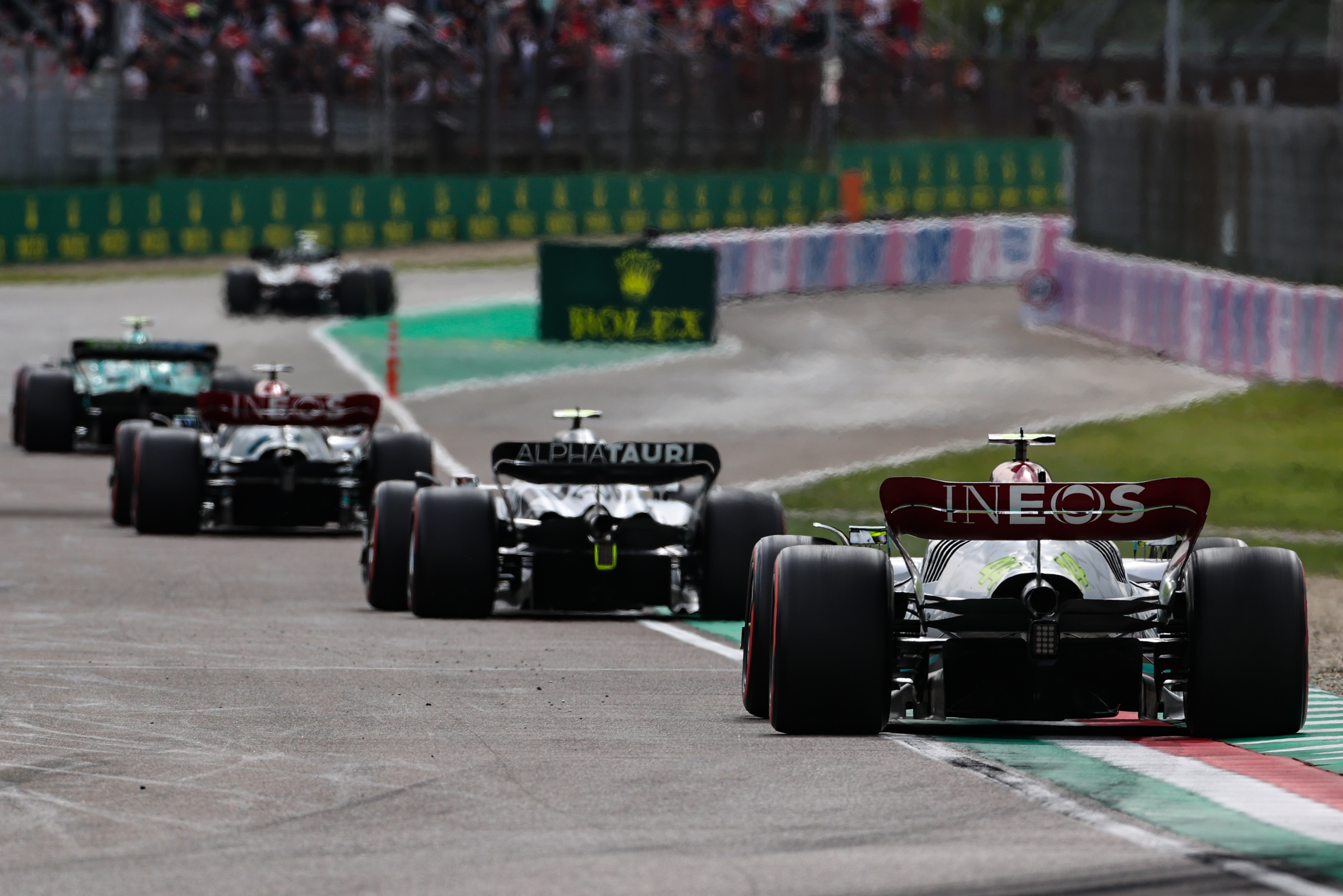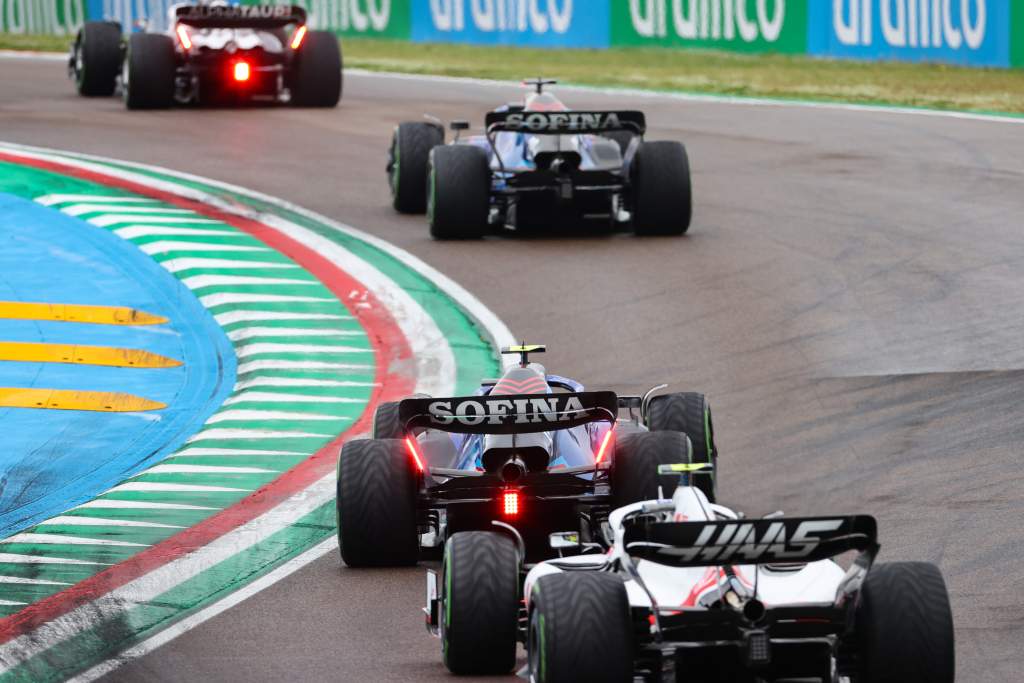Up Next

The FIA has revealed its preliminary objectives for Formula 1’s 2026 chassis regulations, which will be introduced alongside the next-generation power unit following a meeting of the F1 Commission.
The so-called ‘four pillars’ for the power units, which will no longer feature the MGU-K with the hybrid power output increased to 350kW, were announced last December. These are “maintaining the spectacle”, “environmental sustainability, “financial sustainability” and making F1 “attractive to new power unit manufacturers”.
The FIA set out a number of key targets to deliver on those power unit targets “relating to performance parameters, sustainability and financial regulations”.
But there will also be significant changes to the cars, which will build on what has been achieved with the major technical regulation changes in 2022.
The FIA says it laid out “key targets relating to performance parameters, sustainability and financial regulations” to the F1 commission, which offered “positive feedback”.
Its statement listed the following six targets:
1) Significantly reduced drag to improve sustainability and efficiency and complement the power unit characteristics.
2) Maintain and improve on recent lessons learned about close racing and cars being able to follow each other.
3) Reduce car dimensions.
4) Reduce or contain car mass.
5) Sustainability. Continue path towards the standardisation or simplification of strategically-selected components for cost-cutting purposes. Expand the usage of sustainable materials or technologies and focus on recyclability.
6) Continued innovation in terms of car safety, moving towards active and connected safety systems.
The FIA also confirmed agreement “in principle” to the number of sprint events on the 2023 calendar being increased to six in a meeting of the F1 Commission in London today.

F1 originally planned to run six sprint events this year, but this idea was shelved as agreement could not be reached over the impact of these on the cost cap.
Red Bull is understood to have been the most vocal opponent of the increase to six sprints in 2022, leading to F1 reverting to holding three sprint events with the financial allowances – an extra $150,000 per sprint event.
On top of that, there’s also the provision for $100,000 per car in case of damage sustained in the sprint, with the scope to apply for more in excess of that in the case of a major crash.
The cost cap implications are one of the question marks still to be definitively resolved before this plan can be finalised – although it is now close to certain that the six sprints will go ahead next year.
The FIA statement said teams were “supportive” of the increase to six sprint events, adding that “while supporting the principle of an increased number of sprint events, the FIA is still evaluating the impact of this proposal on its trackside operations and personnel, and will provide its feedback to the commission”.
The Commission is also known to have discussed problems with the cost cap, in particular in reaction to inflation pressures.
While there is a system of what is called ‘indexation’ in the cost cap that does account for inflation, it’s not felt to be adequately responsive to account for the recent rapid increases in inflation. In particular, this has had an impact on freight costs.
The financial working group has been tasked with creating proposals for tackling this more effectively amid pressure from in particular the big teams.
Speaking at Imola last weekend, F1’s managing director motorsports, Ross Brawn, said he was confident that the financial regulations will be changed to solve this problem.

“The inflationary increase needs to be reviewed because when those rules were developed, inflation was relatively low and predictable and now it’s high and unpredictable,” said Brawn.
“And if you look at the inflation rates that apply to industrial enterprises, like a Formula 1 team; you’ve got power, you’ve got raw materials, you’ve got all the things which are proving to be quite expensive at the moment. So I think there is a solution coming on that.”
Helmet-mounted cameras, as trialled in 2021 and used in the early races this year, will also be made mandatory next year. This proposal was “unanimously approved”.
The F1 Commission also agreed to trial a reduction in slick tyre allocation from 13 to 11 sets at two events next season.
This is “to evaluate the impact of the reduction in tyre allocation on track running, with the overall intention to move to more sustainable use of tyres in the future”.






